The early 19th century witnessed a dramatic transformation in musical expression through the emergence of program music - instrumental works that sought to tell stories, depict scenes, or convey emotions beyond the notes themselves. This revolutionary approach became a hallmark of Romanticism, as composers broke free from classical forms to create vivid musical narratives that stirred the imagination.
At the heart of this movement stood Hector Berlioz, whose Symphonie Fantastique (1830) redefined what orchestral music could achieve. This five-movement psychological drama follows an artist's opium-induced visions of unrequited love, descent into madness, and eventual execution. Berlioz's idée fixe - a recurring musical theme representing the beloved - became the first great example of musical storytelling through leitmotifs, predating Wagner's operatic innovations by decades.
Nature served as another profound inspiration for Romantic tone painters. Felix Mendelssohn's The Hebrides Overture captures the crashing waves and sea winds of Scotland's Fingal's Cave through undulating string passages and brass-voiced storms. Unlike classical works that might evoke general pastoral feelings, Mendelssohn's composition transports listeners to specific coastal cliffs through meticulously crafted musical imagery.
The symphonic poem emerged as the quintessential programmatic form under Franz Liszt's inventive genius. His Les Préludes (1854) adapted Lamartine's poetry into a single-movement orchestral work tracing life's journey from love to war to destiny. Liszt's structural freedom and thematic transformation techniques allowed continuous musical development mirroring the poetic narrative - a radical departure from traditional symphonic forms.
Nationalist fervor found powerful expression in program music as composers drew from folk legends and landscapes. Bedřich Smetana's Má vlast cycle paints Bohemia's rivers, castles, and heroic histories, with The Moldau becoming particularly iconic. The swirling flute passages depicting the river's sources gradually build into a grand patriotic hymn as it flows past Czech villages - a musical metaphor for national identity.
Richard Strauss pushed programmatic boundaries with his tone poems, achieving unprecedented orchestral virtuosity. Don Juan (1888) captures the legendary lover's exploits through soaring horn calls and sudden silences representing his eventual demise. Even more remarkably, Ein Heldenleben portrays the composer himself as hero, complete with musical caricatures of his critics - a bold act of artistic self-portraiture in sound.
The piano became a formidable medium for musical storytelling in the hands of Romantic virtuosos. Robert Schumann's Carnaval presents a masked ball through twenty-one character pieces depicting commedia dell'arte figures, fellow composers, and his own dual personalities - Florestan and Eusebius. This work exemplifies how Romantics infused solo repertoire with literary and autobiographical elements previously reserved for vocal music.
Program music's influence extended beyond the concert hall, shaping ballet and opera. Tchaikovsky's Romeo and Juliet Fantasy-Overture distilled Shakespeare's tragedy into a symphonic struggle between the Montague and Capulet themes, with a love melody of heartbreaking tenderness. The work's dramatic arc and emotional intensity demonstrated how instrumental music could rival theater in storytelling power.
As the 20th century approached, programmatic approaches grew increasingly sophisticated. Claude Debussy's Prélude à l'après-midi d'un faune (1894) translated Mallarmé's symbolist poem into shimmering impressionist textures, where the very absence of clear narrative became the musical statement. The fluid woodwind lines and ambiguous harmonies created a sensual, dreamlike atmosphere that would influence generations of film composers.
The legacy of Romantic program music endures in today's film scores and concept albums, proving the enduring human desire for stories told through instrumental music. From John Williams' leitmotif-rich soundtracks to progressive rock symphonies, the 19th century's innovative spirit continues to resonate whenever composers use pure sound to paint pictures, evoke places, or express the inexpressible.
What made these works revolutionary wasn't merely their extra-musical associations, but how they expanded music's emotional vocabulary. By connecting instrumental sounds to specific images and narratives, Romantic composers achieved a new synthesis of art forms that forever changed how we listen. The stormy seas, pastoral scenes, and heroic journeys they depicted weren't just descriptions - they became gateways to profound emotional experiences that still move audiences today.
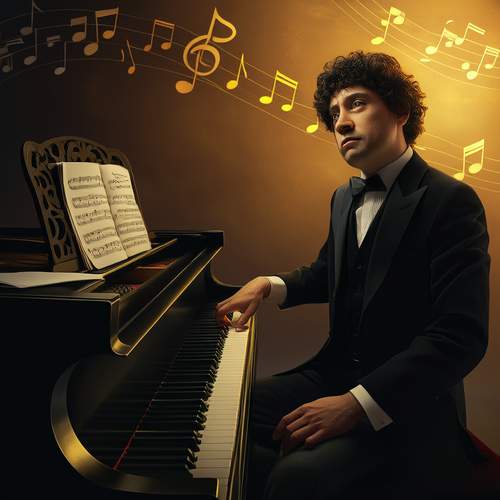
By /May 30, 2025
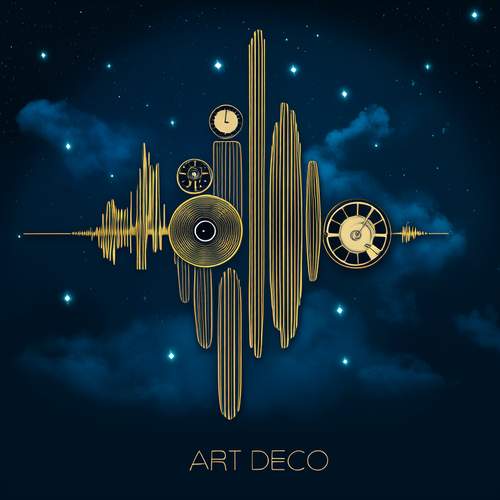
By /May 30, 2025
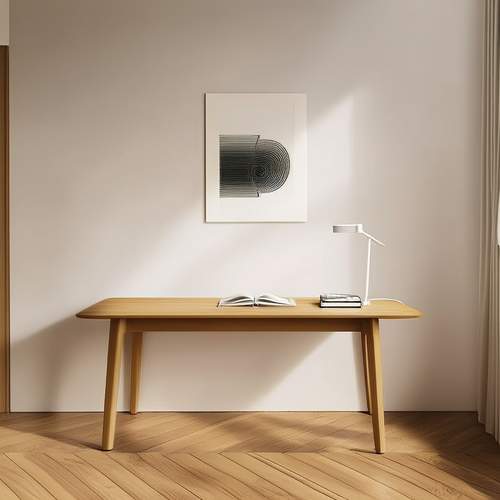
By /May 30, 2025
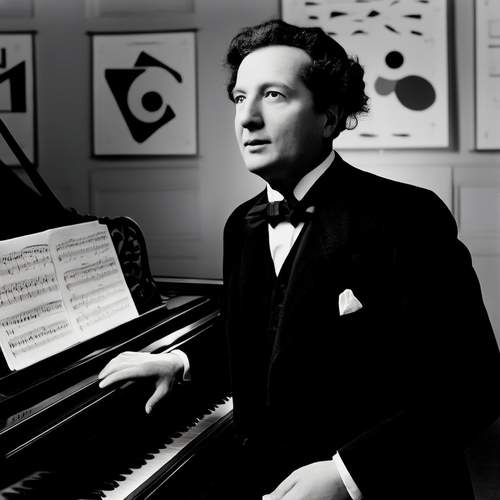
By /May 30, 2025
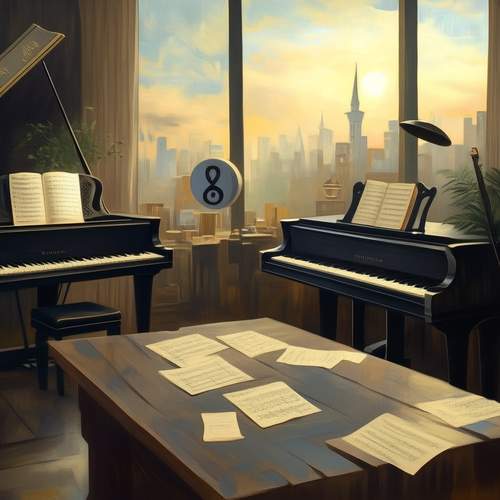
By /May 30, 2025
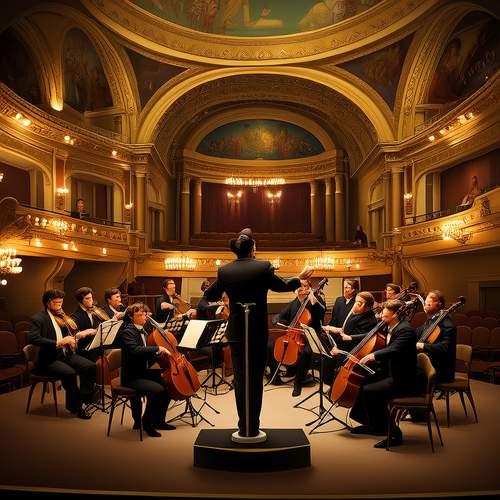
By /May 30, 2025
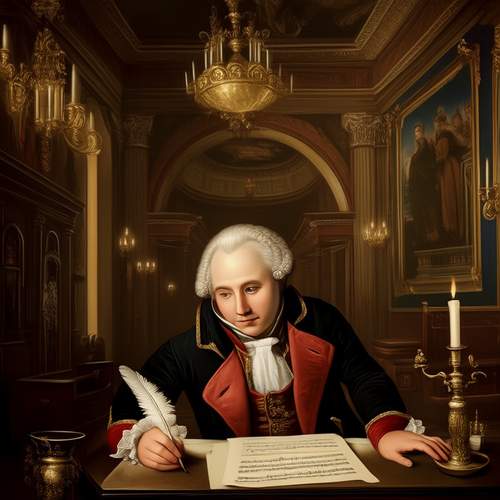
By /May 30, 2025
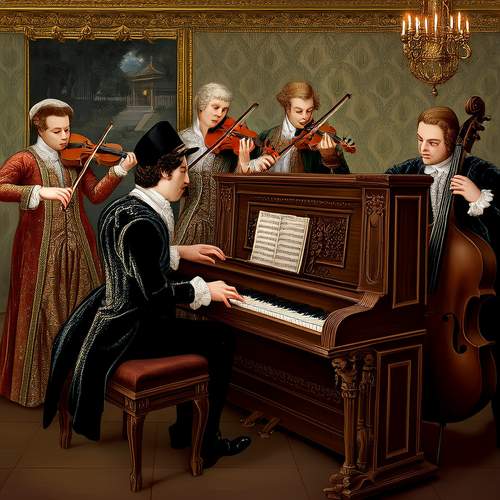
By /May 30, 2025
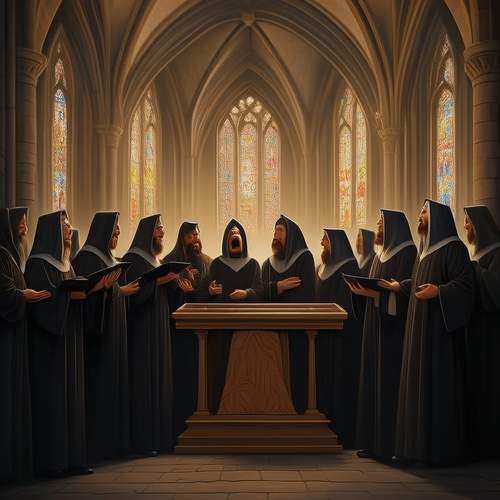
By /May 30, 2025
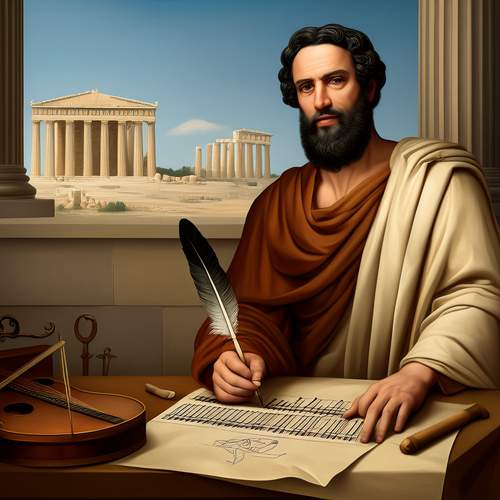
By /May 30, 2025
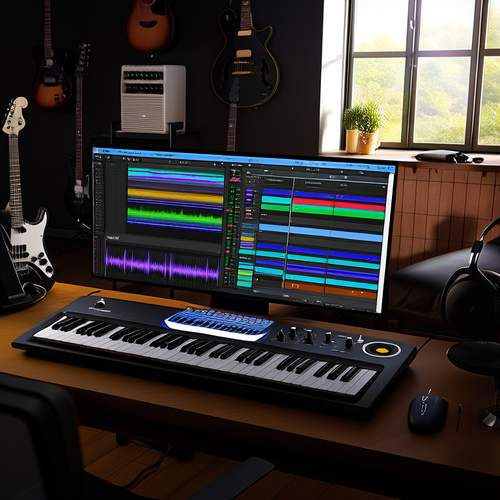
By /May 30, 2025
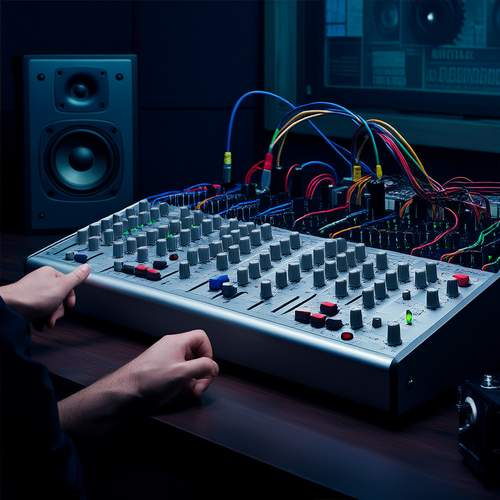
By /May 30, 2025
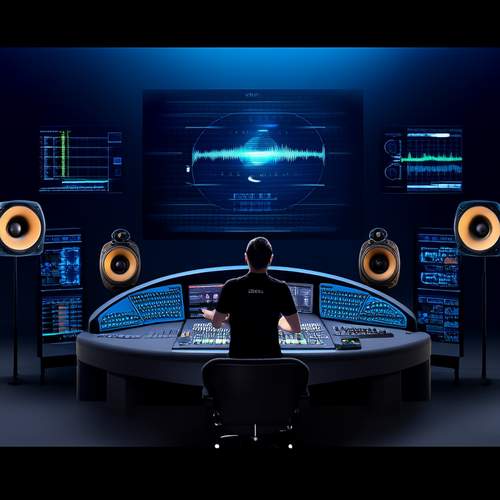
By /May 30, 2025
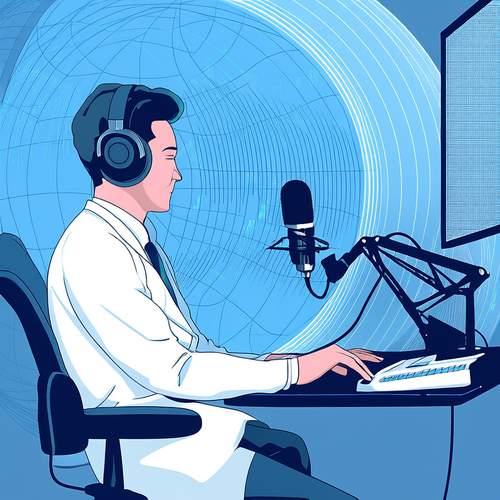
By /May 30, 2025
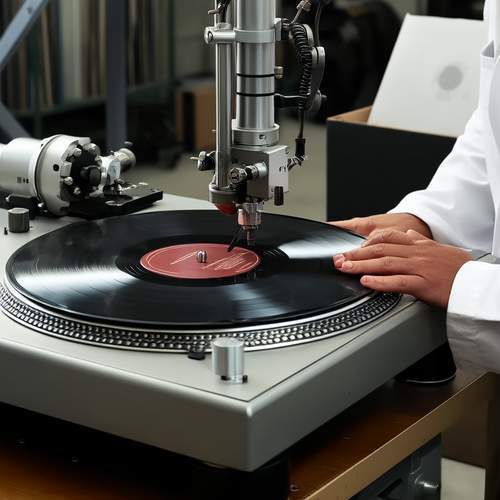
By /May 30, 2025
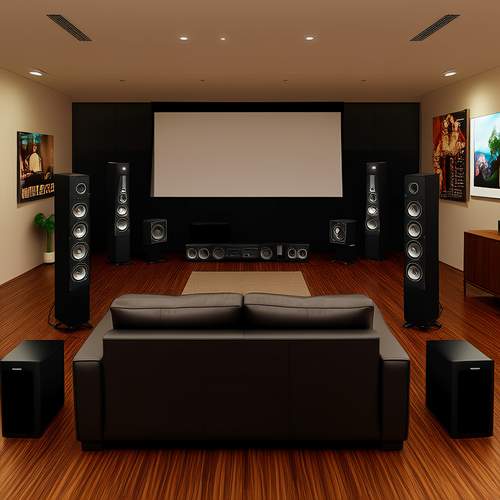
By /May 30, 2025
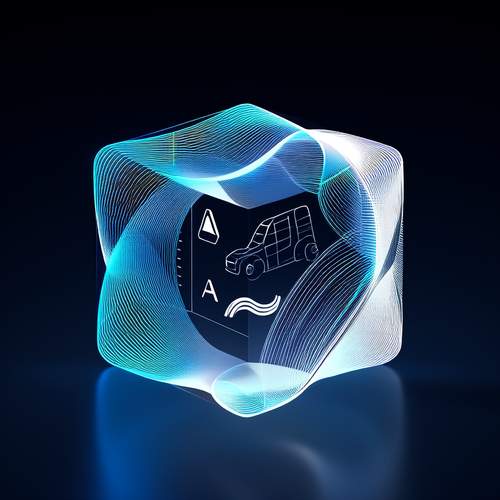
By /May 30, 2025
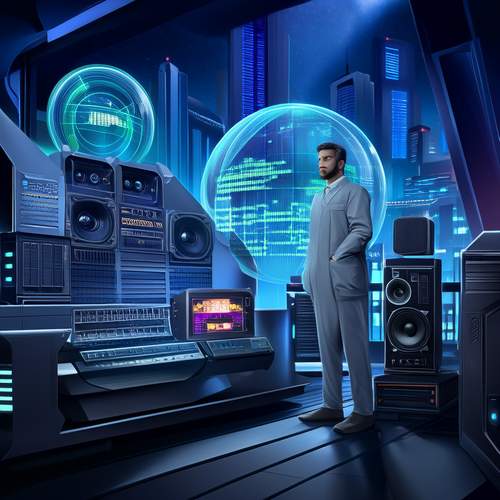
By /May 30, 2025
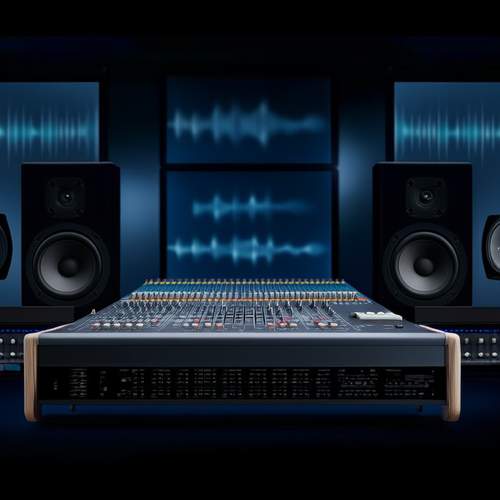
By /May 30, 2025
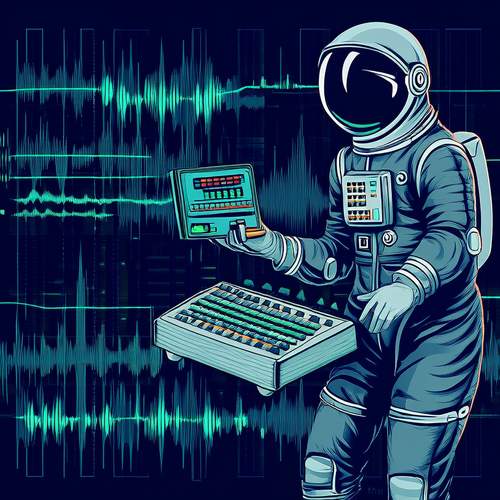
By /May 30, 2025